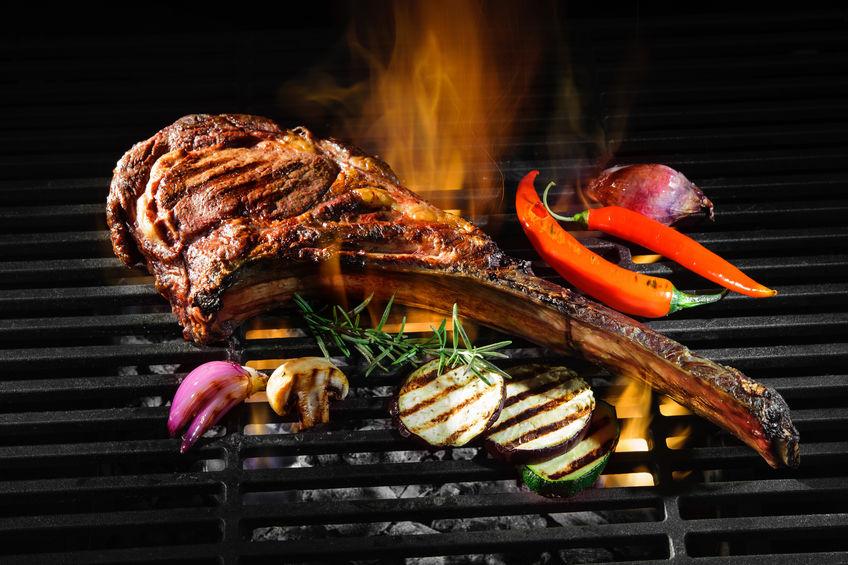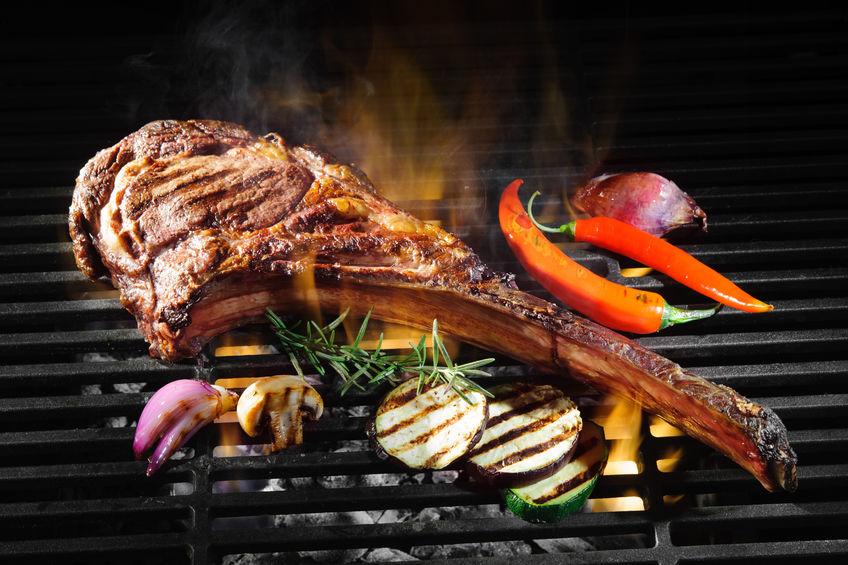 When it comes to outdoor cooking, charcoal grilling often holds a cherished spot for its unique flavor-enhancing capabilities.
When it comes to outdoor cooking, charcoal grilling often holds a cherished spot for its unique flavor-enhancing capabilities.
Grilling with charcoal imparts a smoky taste that is hard to replicate, making it a preferred choice for BBQ enthusiasts.
Despite the flavorful benefits, there are notable downsides to charcoal grilling that should be considered.
Charcoal grilling can be more time-consuming and require more effort than gas or electric grilling.
Charcoal takes longer to heat up, and maintaining a consistent temperature can be challenging, which may deter those new to grilling or those short on time.
Additionally, this type of grilling generates a significant amount of smoke and ash, necessitating careful cleanup and environmental consideration.
There are also health considerations linked to charcoal grilling that merit attention.
The smoke from burning charcoal can introduce harmful compounds that may pose health risks when food is cooked over high heat.
Awareness and proper grilling techniques can help mitigate some of these concerns, ensuring a more enjoyable and safe outdoor cooking experience.
Health Risks Associated With Charcoal Grilling

Charcoal grilling can introduce several health risks due to the production of harmful substances and gases.
It is essential to be aware of these potential hazards to make informed decisions about cooking methods.
Formation of Carcinogenic Substances
When meat is cooked at high temperatures over an open flame, compounds such as polycyclic aromatic hydrocarbons (PAHs) and heterocyclic amines (HCAs) can form.
These substances are known carcinogens and pose significant health risks.
PAHs develop when fat drips onto hot charcoal, producing smoke that infiltrates the meat.
HCAs are generated through reactions between meat juices and heat.
These compounds have been linked to cancer in laboratory animals.
Studies suggest that frequent consumption of such grilled foods might increase cancer risk in humans.
Reducing cooking time and using leaner cuts of meat may help minimize these substances.
Exposure to Carbon Monoxide
Charcoal combusts and releases carbon monoxide, a colorless, odorless gas.
This gas can cause harmful effects if inhaled in large quantities.
Grilling in enclosed spaces without adequate ventilation can lead to carbon monoxide buildup, posing serious health risks, including dizziness and even loss of consciousness.
Outdoor grilling is generally safer, but users should remain cautious.
Maintaining proper airflow around the grill helps reduce the exposure risk.
Carbon monoxide detectors are advisable in areas where grills may accidentally be used in enclosed or semi-enclosed spaces.
Respiratory Health Concerns
The smoke produced in charcoal grilling contains various particles that can affect respiratory health.
Inhaling smoke could worsen existing conditions such as asthma or chronic bronchitis.
These particles include not only carbon monoxide but also other pollutants that can lead to irritation or damage to lung tissue.
Individuals with pre-existing respiratory issues should maintain distance from grilling smoke when possible.
Using a well-ventilated area for grilling and avoiding prolonged exposure to smoke can help mitigate these health concerns.
Wearing masks, especially for those highly sensitive, might also be beneficial in reducing inhalation of harmful fumes.
Environmental and Air Quality Considerations
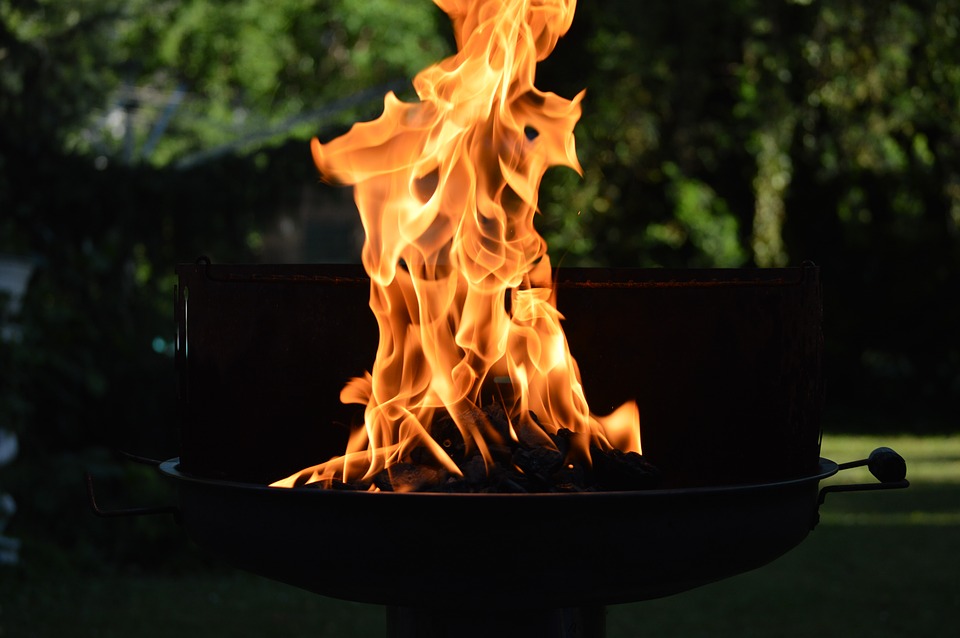
Charcoal grilling, while popular, has environmental implications.
It contributes to air pollution through the release of volatile organic compounds (VOCs) and plays a role in smog formation, raising serious environmental concerns.
Release of Volatile Organic Compounds
During charcoal grilling, volatile organic compounds (VOCs) are emitted.
These compounds arise when grill heat interacts with fats and juices from cooking food.
VOCs contribute significantly to air pollution.
VOCs are not only odorous but can also lead to the formation of ground-level ozone.
Ground-level ozone is a harmful pollutant linked to respiratory problems in humans.
It can exacerbate conditions such as asthma.
Regular exposure to such pollutants is concerning for both environmental and health reasons, emphasizing the importance of understanding their impact during grilling.
Manufacturers are exploring ways to minimize these emissions while maintaining flavor.
Contribution to Air Pollution and Smog
Charcoal grilling is a noticeable source of air pollution.
It emits particles and gases that form smog.
Smog can reduce visibility and harm ecosystems by interfering with plant photosynthesis.
The combustion of charcoal releases soot and fine particulate matter.
These tiny particles can penetrate and lodge deep within the lungs.
The environmental impact extends beyond human health; wildlife and plant life are also affected.
Sustainable grilling practices and alternative fuels can mitigate these impacts.
Users are encouraged to explore environmentally-friendly options, such as electric grills or propane, which produce fewer emissions compared to traditional charcoal methods.
Challenges of Charcoal Grilling Techniques
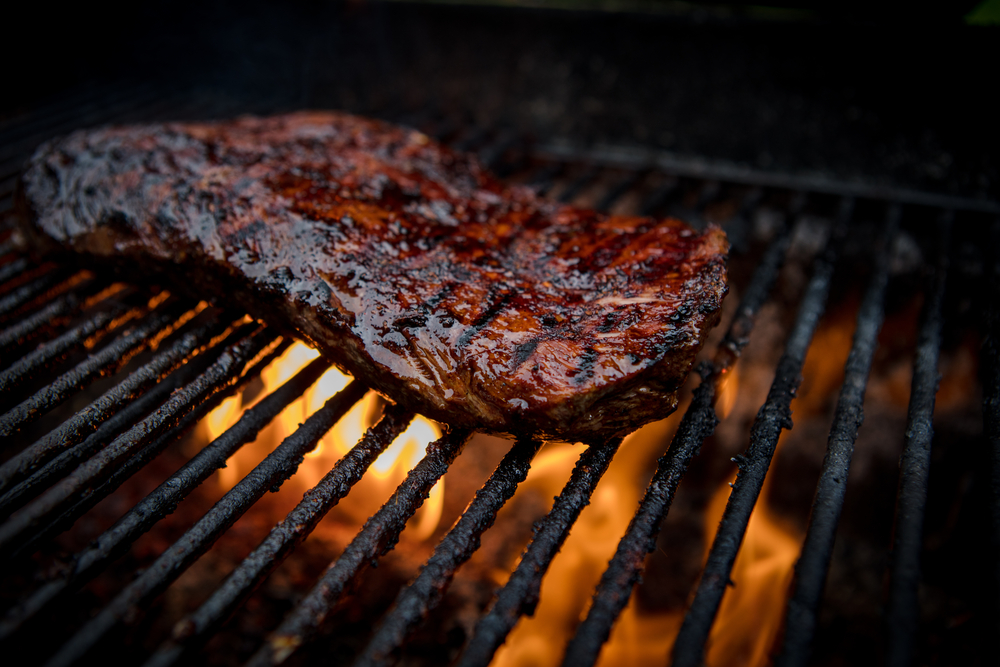
Charcoal grilling can present specific challenges, particularly with temperature control and the time required.
These aspects can affect cooking results and may require additional skill and practice.
Difficulty in Temperature Control
Achieving precise temperature control with charcoal grilling is notably challenging.
Charcoal briquettes can reach very high temperatures, making it difficult to maintain a consistent cooking temperature.
This inconsistency can impact the quality of the grilled food, as some items may cook unevenly or require more attention to avoid burning.
Grilling techniques vary, with some methods employing a two-zone fire setup to manage heat.
This technique, though effective, requires experience to judge the right moment to move items between hotter and cooler zones.
As charcoal loses heat over time, regular monitoring is necessary to make adjustments, further complicating control.
Longer Preparation and Cooking Times
Preparation and cooking with charcoal can be time-consuming.
The grill must be properly arranged and lit, often taking a considerable amount of time before reaching the desired cooking temperature.
Unlike gas grills, which can heat up quickly with a simple adjustment, charcoal requires more patience.
Once the charcoal is ready, cooking times can also be longer.
Adjustments during the cooking process might be necessary to maintain high temperatures, leading to a more extended overall grilling session.
This additional time investment may suit leisurely cooking but is less convenient for quick meals.
Inconveniences and Practical Drawbacks
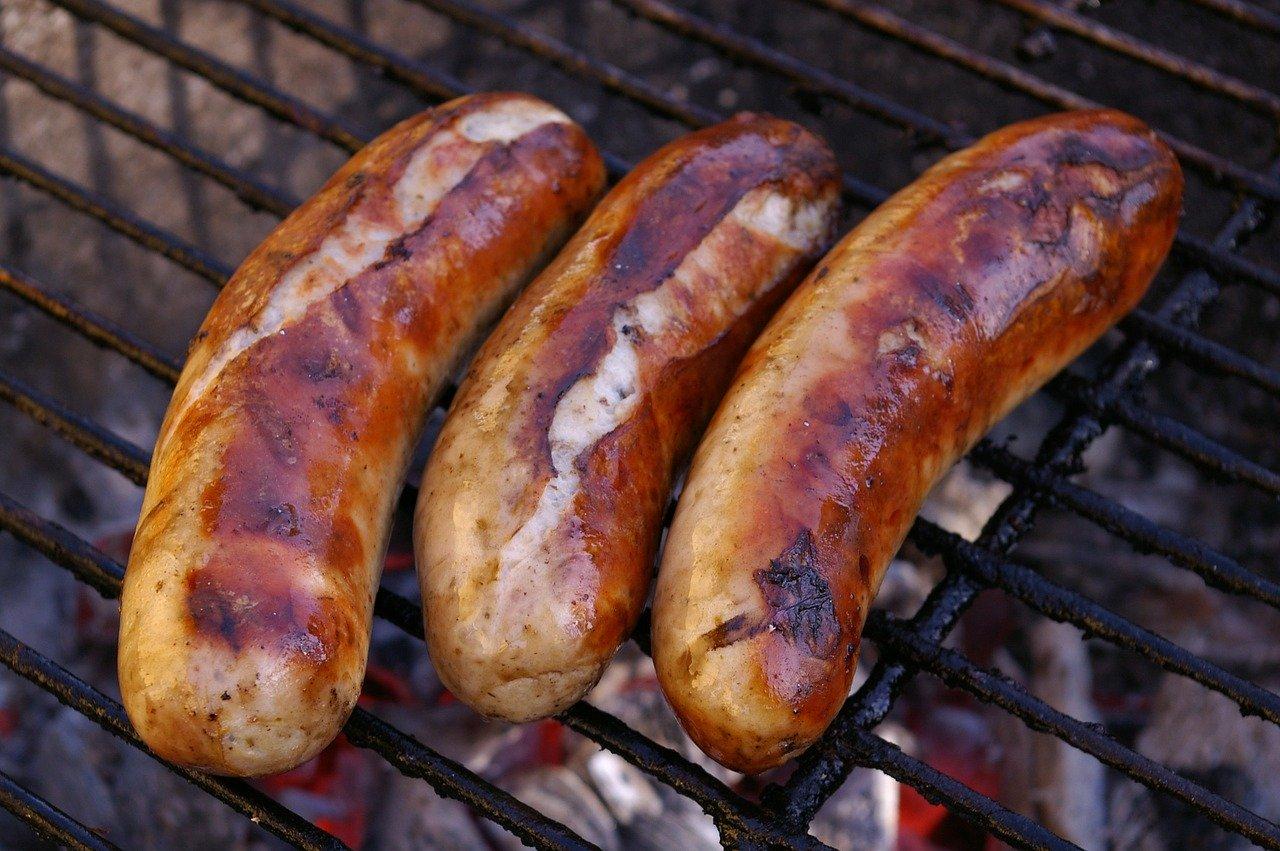
Charcoal grilling presents unique challenges that some may find inconvenient compared to other methods.
These issues range from the lack of ease associated with gas grilling to more labor-intensive aspects like constant supervision and tough cleanup.
Lack of Convenience Compared to Gas Grills
Charcoal grills generally lack the convenience offered by gas grills.
Setting up a charcoal grill requires arranging briquettes or lump charcoal, lighting them, and waiting for them to reach the right temperature.
This process can take anywhere from 20 to 30 minutes, which is considerably longer than just turning a knob on a gas grill.
Temperature control can also be less precise.
Adjusting the temperature of charcoal grills involves managing airflow and adding more charcoal if needed.
Gas grills, in contrast, offer straightforward temperature control with simple dial adjustments, making them more appealing for those seeking ease and speed.
Need for Constant Supervision
Grilling on charcoal demands constant attention.
Charcoal can flare up unexpectedly, requiring the cook to be vigilant in managing flames and preventing food from charring.
Regular monitoring is necessary to maintain consistent cooking temperatures, which can fluctuate due to wind or other environmental factors.
Unlike gas grills, which can maintain stable temperatures once set, charcoal grilling calls for ongoing adjustments.
This can be inconvenient for those who prefer a more relaxed grilling experience, as stepping away from the grill for extended periods isn’t advised.
Difficult Cleanup and Maintenance
Cleaning up after using a charcoal grill often involves more work than with a gas grill.
Ash and leftover bits of charcoal need to be removed before the next grilling session, adding to the overall maintenance effort.
A thorough cleaning necessitates emptying the ash catcher and scrubbing grates to eliminate residue.
Maintaining the grill can be cumbersome as well.
Charcoal residue can accumulate and affect future cooking results if not properly dealt with.
These factors contribute to the overall labor-intensive nature of charcoal grilling, which may not appeal to everyone.
Comparative Disadvantages to Other Grilling Methods
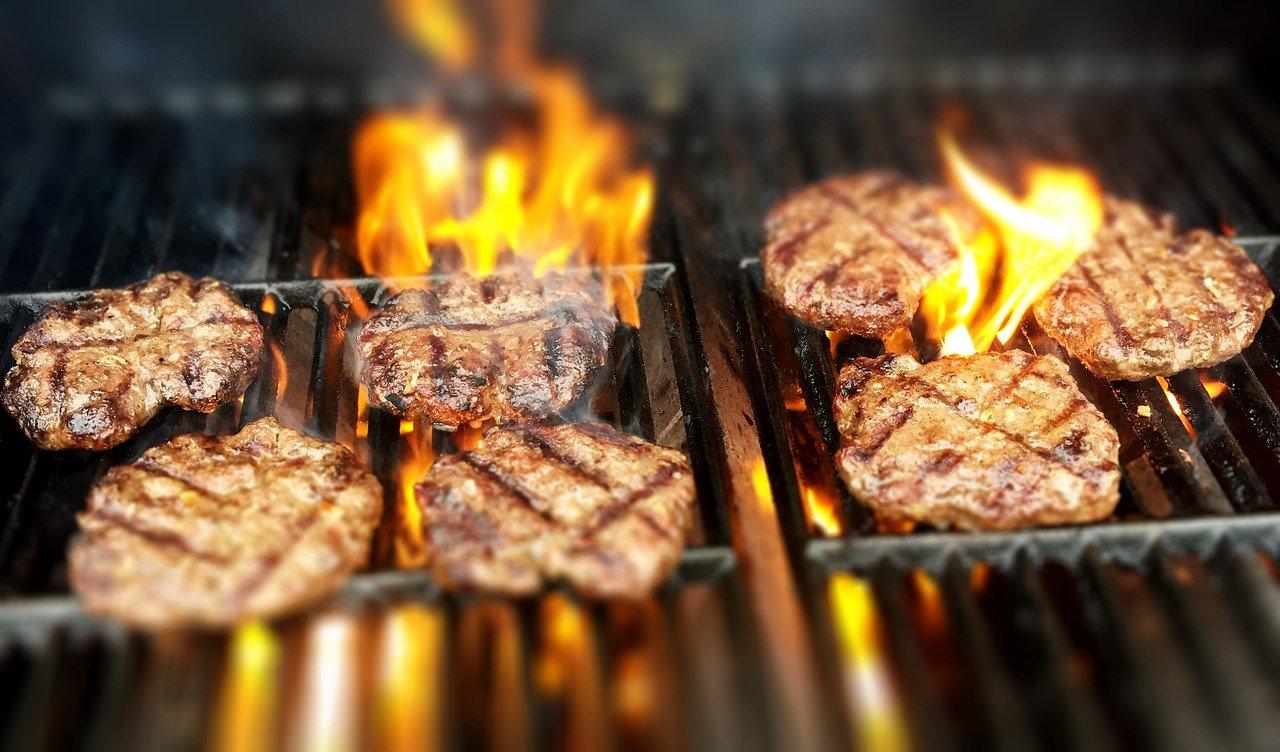
Charcoal grilling, while popular for its rich taste, has several drawbacks.
These encompass distinct flavor differences, challenges in fuel sourcing, and restrictions in cooking styles and food variety compared to other methods.
Flavor Differences Between Charcoal and Gas Grilling
Charcoal grills are renowned for imparting a smoky flavor.
Gas grills, on the other hand, allow the natural flavors of food to shine without adding any additional taste, earning preference among those wanting a lighter taste.
In gas grilling, the heat is more consistent.
While some appreciate the extra complexity the smoky flavors bring, others argue that the intense taste can overshadow the essence of lean cuts of meat or seafood such as grilling fish.
Charcoal might mask subtle natural nuances that gas grilling preserves.
Availability and Cost of Fuel Sources
Obtaining fuel for charcoal grilling may pose difficulties.
Natural lump charcoal and hardwood can be expensive and sometimes hard to find, especially in areas where these resources aren’t readily available.
In contrast, gas grills rely on propane or natural gas, which are found in most stores and can be delivered.
This convenience gives gas grills a practical edge over charcoal’s need for continual fuel purchase and restocking, potentially adding to ongoing costs.
Limitations in Cooking Techniques and Food Types
Charcoal grilling is versatile but it encounters limitations with certain cooking techniques.
While excellent for direct high-heat cooking, charcoal grills struggle with methods like baking or braising that require steady control.
Alternative grilling methods like gas allow for a broader range of techniques, essential for cooking varied dishes such as vegetables or delicate items like seafood.
The precise temperature control of gas grills makes them suitable for these tasks that prove challenging with charcoal, due to fluctuations in heat.

